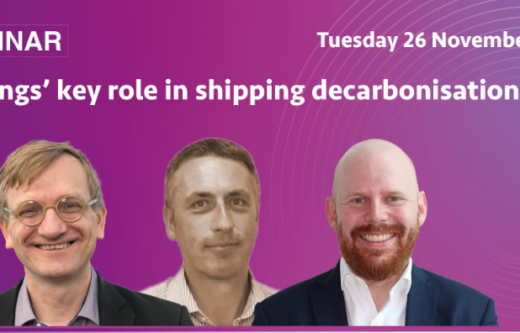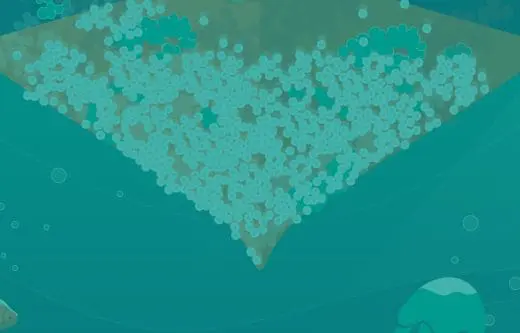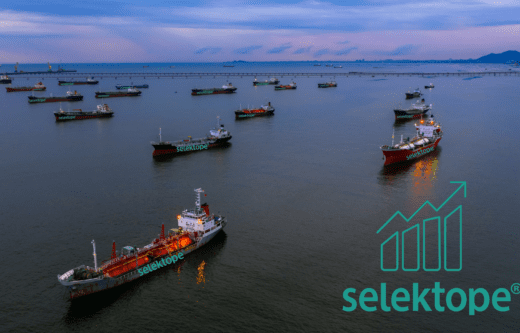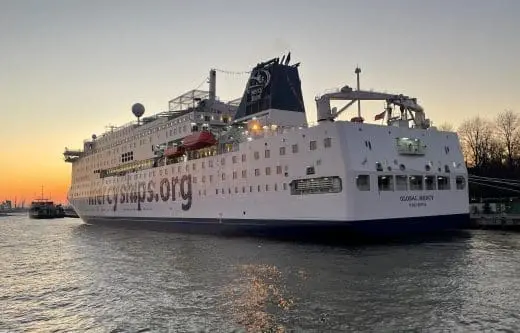The growing threat that lurks below the waterline
As owners and operators welcomed in a new era of capped fuel sulphur limits at the start of this year, with less catastrophic disruption than originally anticipated, a tsunami of other challenges for passenger vessels in the form of the global COVID-19 pandemic was arriving to the shore.
Throughout the entire industry, effective planning and foresight saw one of shipping’s many more recent legislative forces to improve environmental impact come into effect relatively seamlessly.
Few could have predicted the disruptions and serious commercial consequences to for passenger vessels in 2020 as global travel grinded to a halt. The most visible sign of the disruption on the shipping industry has been the higher prevalence of idle vessels as the reality of 4 billion people going into lockdown and suffering travel restrictions struck and the passenger vessel sector was the worst hit.
Usually very active passenger vessels stopped as passenger numbers plummeted in the wake of travel restrictions, it was a very weird situation to see so many cruise ships and ferries docked with nowhere to go.
However, a huge risk to commercial buoyancy lies below the waterline: biofouling. Idle cruise and passenger ships, particularly those sat in warmer waters, are at huge risk of biofouling accumulation on the hull, with devastating impacts to fuel consumption when a vessel sets sail again.
Biofouling, especially macro, or ‘hard’ fouling created by shell-forming creatures such as barnacles, is perhaps one of the most pervasive and destructive processes that can impact a vessel’s earning potential.
The costs of biofouling manifest in many ways, and a ship that has heavy levels of fouling on it will be far less profitable than one with minimal or no hard fouling present due to a higher fuel bill required for a vessel to maintain he same speed through water as a vessel with no biofouling.
Hard fouling organisms in particular create huge added resistance, also known as hydrodynamic drag, on the hull as it sails through water. One commonly cited metric in the antifouling coatings industry hails from a 2007 study by Michael P. Schultz[1], which states, “a vessel with 10% barnacle coverage would need a 36% shaft power increase to maintain the same speed.” Although this particular study was based on a naval frigate, the statistics are relatable to cargo ships alike. Therefore, barnacles are creatures that you do not want to colonise the hull of your ship when profit margins are tight.
In 2019, I-Tech AB, developers of the antifouling agent, Selektope® commissioned UK coatings consultants, Safinah to undertake a detailed analysis of hard fouling data from dry-dock inspection reports of all vessel types spanning 2015-2019.
The results of this deep dive into the data paints a worrying picture. Spread across vessel types, hard fouling was found in nearly every case. Even more alarmingly, it was found that 44% of vessels had more than 10% hard fouling coverage, a level that is deemed ‘unacceptable’ by industry standards.
Based on this finding, this level of unacceptable fouling is having an alarming effect on the environmental impact of the shipping industry. When calculating the scope of this effect using data from a 2001 study by Schultz[2], with 44% of vessels having at least 10% of hard fouling coverage, a conservative estimate is that an extra 110 million tonnes is being added to shipping’s carbon footprint. Furthermore, it is adding at least another $6 billion to the global bunker bill, which again, is a conservative estimate based on today’s relatively low fuel prices.
Costly penalties from biofouling can also accumulate from beyond the fuel tank. An over-reliance on cleaning solutions can be extremely costly, as the abrasive mechanisms used can often damage the antifouling coating on the hull, significantly impacting the antifouling properties of the coatings for its lifetime. This can get owners stuck in a vicious and expensive cycle of fouling accumulation and regular cleaning costs per year, in the ports that allow it.
Also, when anticipating future legislation around biofouling, it is expected that the regulatory landscape will become stricter. Hull biofouling has been identified by the IMO as being a vector for the spread of invasive aquatic species between different ecosystems with great risk to local biodiversity. Already, on a regional basis, vessels with a heavily fouled hull have been denied entry from ports until the hull is clear of biofouling.
Countries such as New Zealand are already taking a hard-line approach to biofouling condition on underwater hulls. In time, we expect this attitude to spread, spurred on by the establishment of the GloFouling project by the IMO in 2017. Given the current variances and expansion in fouling legislation, owners of all sectors cannot risk being denied port entry based on the condition of their hulls, presenting another commercial risk to vessel created by fouling.
Given the commercial pressure points created by biofouling, owners, need to be ensuring it is not eroding profitability, especially in the face of significant market uncertainties and while the cruise and ferry industry continues to feel the effects of the global pandemic. Vessels should be protected against biofouling when in active service and when idle for long periods, particularly against highly impactful barnacle fouling since this is a creature that can only strike when a vessel is sat still in the water for a couple of weeks or more.
Therefore, large proportion of idle passenger ships throughout 2020 means the level of unacceptable hard fouling coverage has more than likely spiked significantly compared to the data findings in our research conducted with Safinah last year.
So, what steps can owners and operators take to ensure they are not having their profit margins being invisibly eroded by barnacle fouling during these uncertain times? The first step needs to be a close dialogue between owners, operators, yards and paint manufacturers along with a more rounded appreciation of the types of technology that exist that can help prevent fouling accumulation.
One key area is to examine is the idle period guarantee given for a particular antifouling coating. Given the unexpected idling and lay ups we’ve seen so far this year, in the future owners need to be considering antifouling coating idle guarantees that go beyond the typical 30 days, especially if a vessel will be frequenting ‘biofouling hotspots’ located in warmer waters.
Typically, I-Tech’s barnacle repelling active agent Selektope®, when included in an antifouling coating allows paint manufacturers to extend idle period guarantees, since the technology delivers superior hard fouling prevention, acting as an insurance against highly impactful barnacle fouling.
In a sector that has led the adoption of green technologies for improved vessel efficiency to improve environmental credentials, owners and operators of cruise and ferry vessels should also be very aware of what’s accumulating below the waterline and proactively protect hulls with antifouling coatings that can withstand great biofouling pressures, even when a ship is sat still for long periods of time. It’s a challenge, but the technology is available.
[1] Schultz, Effects of coating roughness and biofouling on ship resistance and powering, Biofouling 2007
[2] Schultz et al, Economic impact of biofouling on a naval surface ship, Biofouling 2011
Related articles

Survey: Barnacle fouling is a significant problem for shipowners

Fascinating facts about barnacles: how they attach to ship hulls?

20 tonnes of Selektope safeguards 2,500 vessels from barnacles
